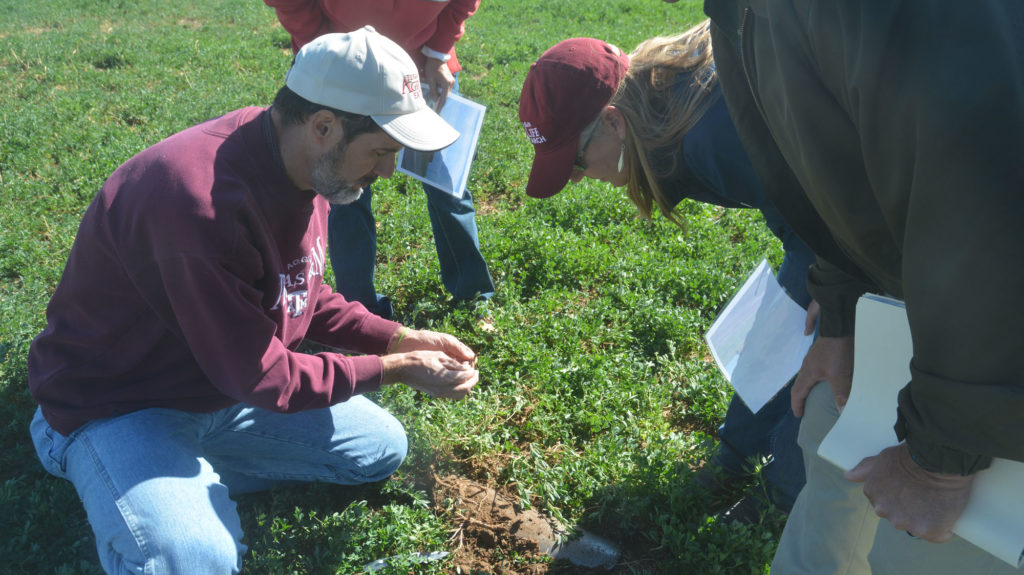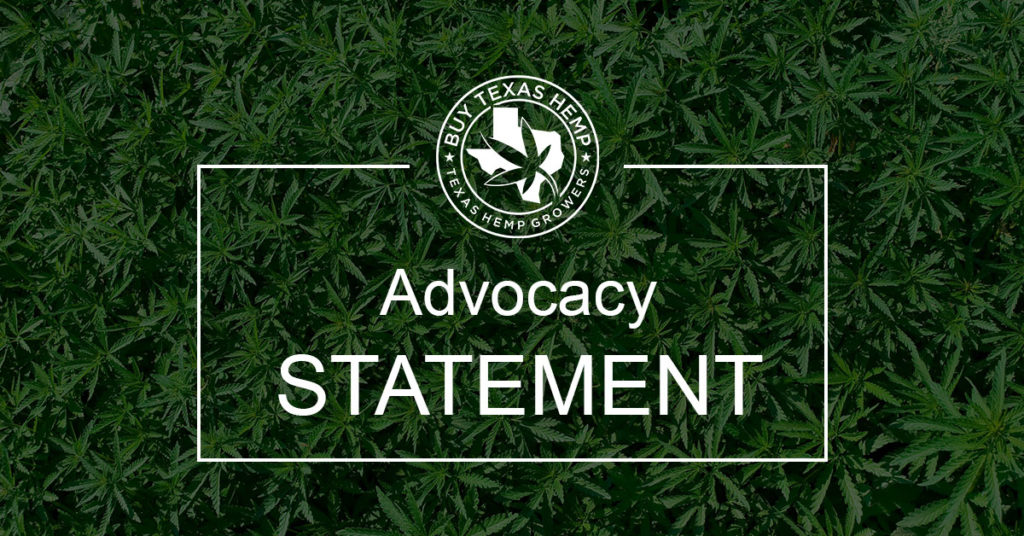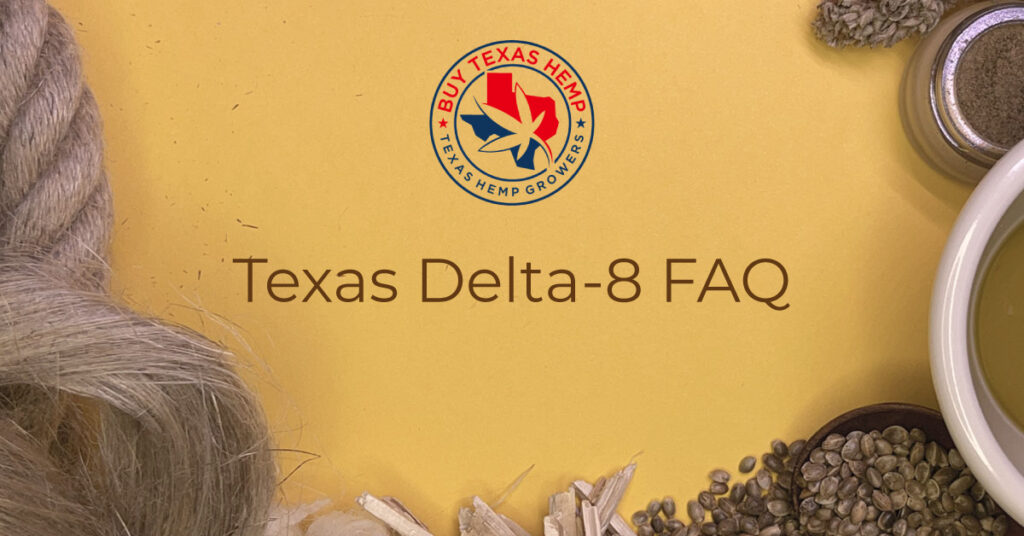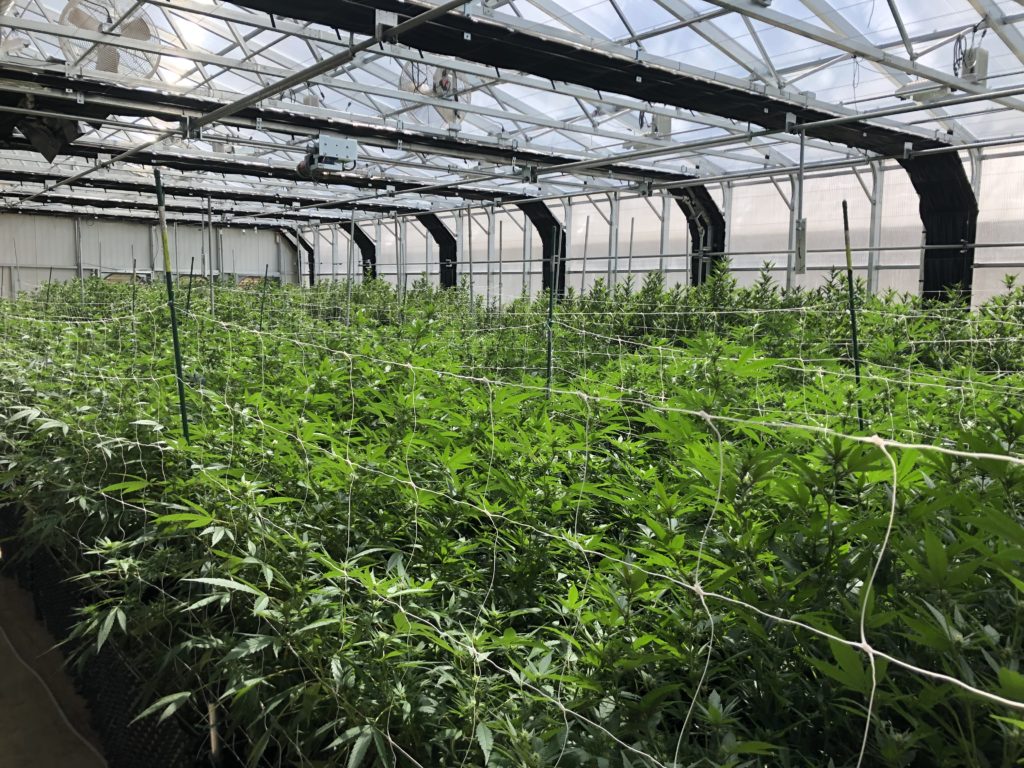A&M’s Dr. Calvin Trostle Reviews Hemp Study Plans for 2020

(Texas A&M AgriLife photo by Kay Ledbetter)
New ground is being broken, and tale-tale signs of a blossoming industry are springing up all around the state. It’s an exciting time not only for investors, growers, and consumers – but whole new waves of research possibilities will come crashing into Texas’ “green” shores as well, bearing tidings of comfort (and hopefully funding) to restless researchers ready and waiting to take a crack at hemp.
But before they get it in the labs, they’ve got to get it in the ground. Before they get it in the ground – and unfortunately this holds true even for would-be arbiters on the matter at Texas A&M – they’ve got to get a license. Dr. Calvin Trostle, Extension Agronomist with the Department of Soil and Crop Sciences has been doing all he can to prepare for hemp season within the parameters the present law allows. He’s made several trips to Colorado and New Mexico and visited with farmers and colleagues experienced in growing hemp to gather what information he may for the big inception of the Lone Star State into the world of hemp.
“I think that for now corn should be a potential proxy for hemp, based on what we’ve learned from others,” he said. “I haven’t tested that, and none of my colleagues have tested that. That is the rule of thumb as a basic guideline that might be comparable.”
Given this recommendation, there is some concern over the licensing process.
“If our buddy at TDA says we aren’t going to review applications until mid-March, then if you were doing hemp in Corpus Christie that review wouldn’t even be started until your supposed optimum window for planting would be closed.”
Of course, the optimal date will vary by location. It is evident, however, that hemp plants do not respond well to hot conditions.
“I’ve seen fields where they didn’t plant until early June, and they had a trainwreck. It was a real bummer. I think it was just too hot by that time.”
“If I’m doing a planting date study,” Trostle entertains, “then I would probably have at least four different dates that I would plant. If we were going to pick three sites I’d say let’s do one at Corpus Christi, one at Temple, and one at Lubbock. You kind of represent different areas of the state where you think hemp may be grown.”
He’ll weigh each control with a different variety, “maybe a fiber line, and a grain line to see how they perform and establish.”
Initial funding, Trostle believes, will dictate the direction of his research. He estimates much will be related to line resilience, and identifying favorable varieties for CBD or other cannabinoid content, grain, or fiber.
Which seeds will be best adapted to Texas and its varying conditions?
“A lot of these so called varieties for CBD or other cannabinoids are really not that far removed from marijuana. Some of them are not vigorous plants. Their background is being grown in cool forests in northern California or greenhouses with a controlled environment. Pick your location.
Collin County. Lubbock County. Corpus Christie. it’s going to be something to see how a lot of these varieties – and the big concern is that some of them are not pure – how they perform under field conditions.”
Dr. Trostle has a few hemp workshops planned around the state through the A&M Agrilife Extension Program with a focus on identifying a good seed source, as well as which contractors to work with and who to sell to. He says, for now there’s at least one thing to be sure of:
“It looks like there’s a lot of different ways to grow hemp.”





